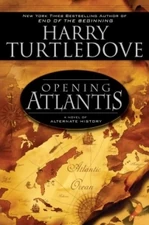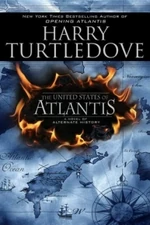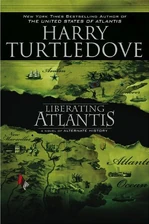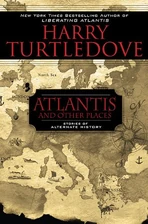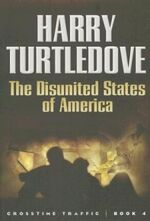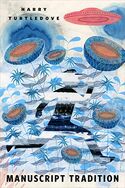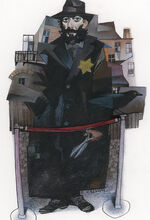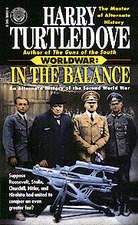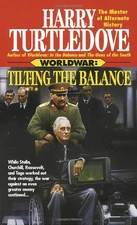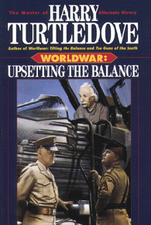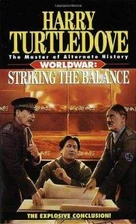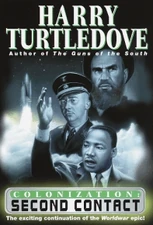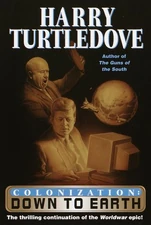| Federative Republic of Brazil | |
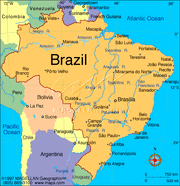
| |
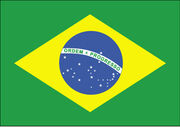
| |
| Country | |
| Continent: | South America |
| Capital: | Brasília |
| National Language: | Portuguese |
| Government: | Federal presidential constitutional republic |
| Status in OTL: | Active |
The Federative Republic of Brazil (Portuguese: República Federativa do Brasil) is the largest country in South America. It was established as a colony by Portugal. It became the effective seat of the Portuguese Empire when the monarchy fled their home to escape the French invasion in 1804. Two decades later, the ruling monarch returned to Portugal, which in turn set a series of events in motion whereby Brazil itself became an independent empire (ruled by a member of the same royal family) in 1822. The empire fell in 1889, and a republic was proclaimed.
The 20th century saw two military juntas, the second of which fell in 1985. Democracy returned shortly after, and has remained more or less functional since.
Brazil in Atlantis[]
The Empire of Huy-Braseal in southern Terranova treated slaves worse than the United States of Atlantis did, and possibly even worse than the Spanish colony just south of Atlantis did.[1]
Literary comment[]
The borders of Huy-Braseal are not defined. It is included here for convenience. Incidentally, in "Audubon in Atlantis" there is a reference to "Brazil" as the geographical region, without political context.
Brazil in Crosstime Traffic[]
In 2097 in the home timeline, an ecoterrorist group in Brazil poisoned 50 kilometers of the Amazon Rainforest to protest logging policies.[2]
Brazil in Curious Notions[]
In the alternate designated as 3477 by Crosstime Traffic, Brazil was an empire. In 2096, Paul Gomes read newspaper accounts of the reigning Emperor's activities, along with those of several other world monarchs.[3]
Brazil in The Disunited States of America[]
Brazil was one of the world's great powers.
Brazil in The Guns of the South[]
Under Dom Pedro II, Brazil extended recognition to the Confederate States after the Army of Northern Virginia took Washington City in 1864. President Jefferson Davis felt that, given Brazil's reliance on slavery, it should have extended recognition sooner.
In December 1866, the Raleigh Constitution reported on Brazil's ongoing war against Paraguay.[4]
A Brazilian law influenced Confederate President Robert E. Lee to draft the Legislation Regulating the Labor of Certain Inhabitants of the Confederate States.[5]
Brazil in In the Presence of Mine Enemies[]
Brazil was an independent ally of the Greater German Reich.
In 2011, Brazil's football team prepared to play the Germans. Susanna Weiss noticed that an advertisement for the upcoming game did not portray the Brazilians (many of whom were certainly descended from blacks and Indians) as "mongrels" to be vanquished. Indeed, the ad noted how formidable the Brazilian team was. Brazil was considered the early favorite to win the 2014 World Cup.
Brazil in "Manuscript Tradition"[]
In the early 23rd century, exports from the Brazilian Empire included the extremely efficient Naviopedra batteries.[6]
Brazil in "The Pugnacious Peacemaker"[]
In Allister Park's adopted home timeline, colonists from Cordova had crossed the Atlantic Ocean and founded the Emirate of the dar a-Harb, whose land included much of the land that was Brazil in Park's native world. The Arabic name dar al-Harb meant "land of war", signifying the concept of global jihad which pious Muslims saw as their duty in converting non-Muslim nations. Ramiah was the capital.
The Emirate fought several wars with the Empire of Tawantiinsuuju to the west. One such war was fought in 1913 and resulted in cession of dar al-Harb territory to the Empire.
Brazil in Southern Victory[]

Flag of the Empire of Brazil
In 1881, the Empire of Brazil and the Confederate States of America were the only remaining slaveholding nations. Brazil had begun its program of gradual manumission, which indirectly pressured the C.S.A. towards its own manumission program.[7]
When the Great War began in 1914, the empire remained neutral as it tried to ascertain which alliance system seemed likelier to win. This frustrated both sides, as a declaration by Brazil one way or the other would result in a major shift in the balance of power.[8][9] Some in the Entente also complained that it was hypocritical to refuse to ally with the Confederate States. Dom Pedro IV's government ultimately declared for the Central Powers in July 1917[10] Brazilian ports were used as a bases for a joint U.S., Brazilian, and Chilean flotilla which severed the supply lines between the United Kingdom and Argentina,[11] thus finally forcing the whole British Empire to seek an armistice.
During the interbellum, in the late 1930s, Brazil nearly went to war with Venezuela over a border dispute, but a peaceable agreement was reached before that happened.[12]
When the Second Great War began in 1941, the empire remained neutral[13] throughout the duration of the conflict, although it did trade with the Entente.
Brazil in "Shtetl Days"[]
Tourists from Brazil came to the region formerly known as Poland to see the reenacted shtetls.
Brazil in The Two Georges[]
Brazil was a substantial Portugese territory in South America, bordering the Holy Alliance's colonies along with British Guiana and Dutch Guiana.[14]
Brazil in Worldwar[]
Brazil had maintained a position of neutrality, trading with both the Allied Forces and the Axis Powers, when World War II began in 1939, but by early 1942, was beginning to lean closer towards the Allies by offering limited aide and support.
When the Race invaded in June 1942, Brazil's military wasn't able to offer resistance much above nuisance level, and with the hot weather favoring the invaders, the whole country fell within three months of the invasion along with the rest of South America.[15] A large number of Brazilians willingly collaborated with the Race. At the Peace of Cairo in 1944, Brazil was recognized as Race territory.
The Brazilian flag flew in the palace of the 37th Emperor Risson in Preffilo on Home, among the other flags of conquered Tosevite empires and not-empires and the banners of all the once-independent empires of Rabotev 2, Halless 1, and ancient Home.
References[]
- ↑ Liberating Atlantis, p. 265.
- ↑ The Disunited States of America, pg. 278.
- ↑ Curious Notions, pg. 43, MMP.
- ↑ The Guns of the South, p. 375-376.
- ↑ See Inconsistencies (The Guns of the South)
- ↑ https://www.tor.com/2020/02/19/manuscript-tradition-harry-turtledove/
- ↑ How Few Remain, pg. 35, mmp.
- ↑ American Front, pg. 301, mmp.
- ↑ Walk in Hell, pg. 4, mmp.
- ↑ Breakthroughs, pgs 426-428, mmp.
- ↑ Ibid., pg. 542
- ↑ The Victorious Opposition, pg. 412, mmp.
- ↑ Return Engagement, pg. 217, hc.
- ↑ Map The Two Georges, frontispiece.
- ↑ See Colonization map.
